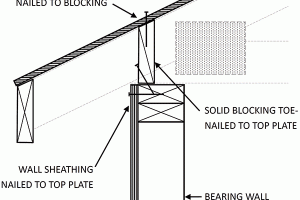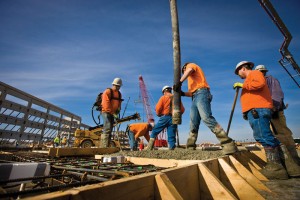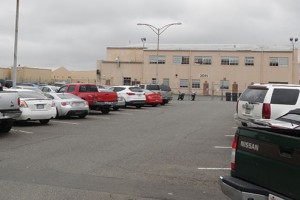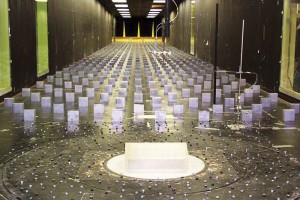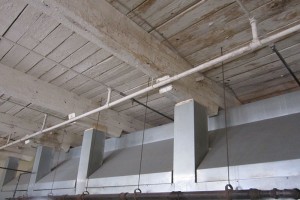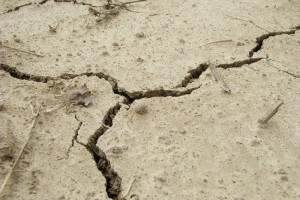Among the many code provisions which may be characterized as ambiguous, few seem as pervasive as the issue of full-height blocking for either wood or cold-formed steel construction. Opinions regarding the need for full-height blocking widely varying, and it seems that even the purpose of full-height blocking is subject to debate. …
Yearly Archives : 2014
The model building codes in the U.S. cover virtually every safety-related topic associated with construction of buildings. Fire-related issues comprise a surprisingly large portion of the model codes. Designing for fire safety is a complex and multifaceted issue. Discussion in this article is limited to design of exposed wood members. Additional information on building code requirements for wood can be found in the American Wood Council’s (AWC) Code Conforming Wood Design documents, available for free download. …
A change is coming this year to the familiar ACI 318, Building Code Requirements for Structural Concrete, published by the American Concrete Institute. The existing format of ACI 318 dates back to the 1960s, and feedback from code users in recent years has made it clear that a modernized version is necessary. Especially for rapidly evolving parts of the industry, such as tilt-up construction, the new code should ensure greater overall consistency and accuracy. …
The Symbols of Progress Do Not Have an Age
March 31, 2014 marked the 125th anniversary of the inauguration of the Eiffel Tower. Erected in 1889 on Champs de Mars in Paris for the Fourth World Exposition, the Eiffel Tower became famous even before its opening. …
Balancing blast load design and research with project requirements can be challenging. A simple renovation, like one including window replacement, may seem straightforward especially when seismic rehabilitation is not a concern, but on a West Coast US Military Base it is anything but. Accurately incorporating blast research with what is known about the construction of an existing building is the focus of this article. …
The wind load provisions in ASCE 7 can seem overly complicated and confusing. One common criticism is that more than one method is permitted to compute the main wind force resisting system (MWFRS) loads for rigid low-rise buildings (≤ 60 feet high), and that this can produce different results. This article discusses the key research and the development of these different MWFRS wind load methods, and draws heavily from the archives of the Metal Building Manufacturers Association (MBMA) – a key player in sponsoring research that has led to the understanding and codification of wind loads on low-rise buildings. …
Virtue ethics has been around for at least 2,500 years, and the classic work about it will always be Aristotle’s Nicomachean Ethics. However, contemporary proponents must address a wide range of additional issues and objections that have come up over the intervening centuries, including those raised by modern alternative approaches like deontology and consequentialism (“Rethinking Engineering Ethics,” November 2010). …
Having completed the first year of my term as CASE chair, it has been a privilege to be introduced to, and get to know, so many committed engineering professionals who are working very hard for the betterment of the profession. As part of my duties, I attended both the ASCE/SEI Structures Congress and ACEC Spring Convention in April. I was able to hear very interesting keynote speakers and take in several great sessions at both conferences …
Part 1: Evacuation
This article, which will be presented in three parts, discusses the investigation and subsequent repair of an existing timber-framed, multi-story building that is over one hundred years old. The investigation initially resulted in the need to evacuate the occupied building, which allowed for the innovative repair of severely deteriorated timber columns by encapsulating the wood within replacement steel columns that essentially jacketed and abandoned the original wood members in place. …
The 8.2 magnitude earthquake that hit Chile in April, along with the resulting tsunami, killed six people; two of them succumbed to heart attacks. Contrast this to the February, 2010, 8.8 magnitude earthquake in which 500 Chileans died. Although no two earthquakes are exactly the same – geographically or otherwise – increases in planning and code enforcement helped to lower this year’s quake death toll, according to government officials. …

